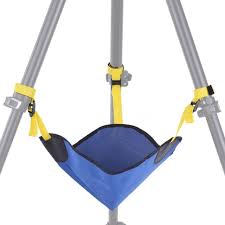Inspired by the question, How can a tripod be unstable?, I would like to know what can be done to help stabilize a tripod?
I am especially interested in knowing what can be done when utilizing a lightweight tripod (one you might pick for hiking) with heavy gear (such as a very long, very wide lens), while out in the field.




